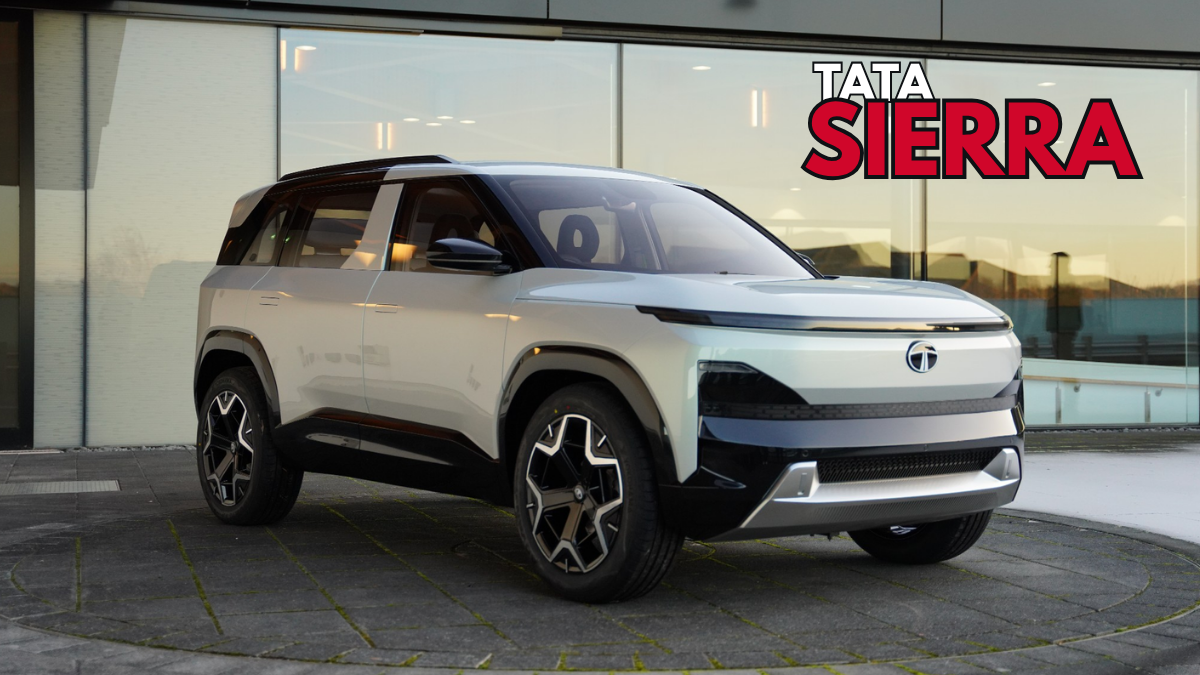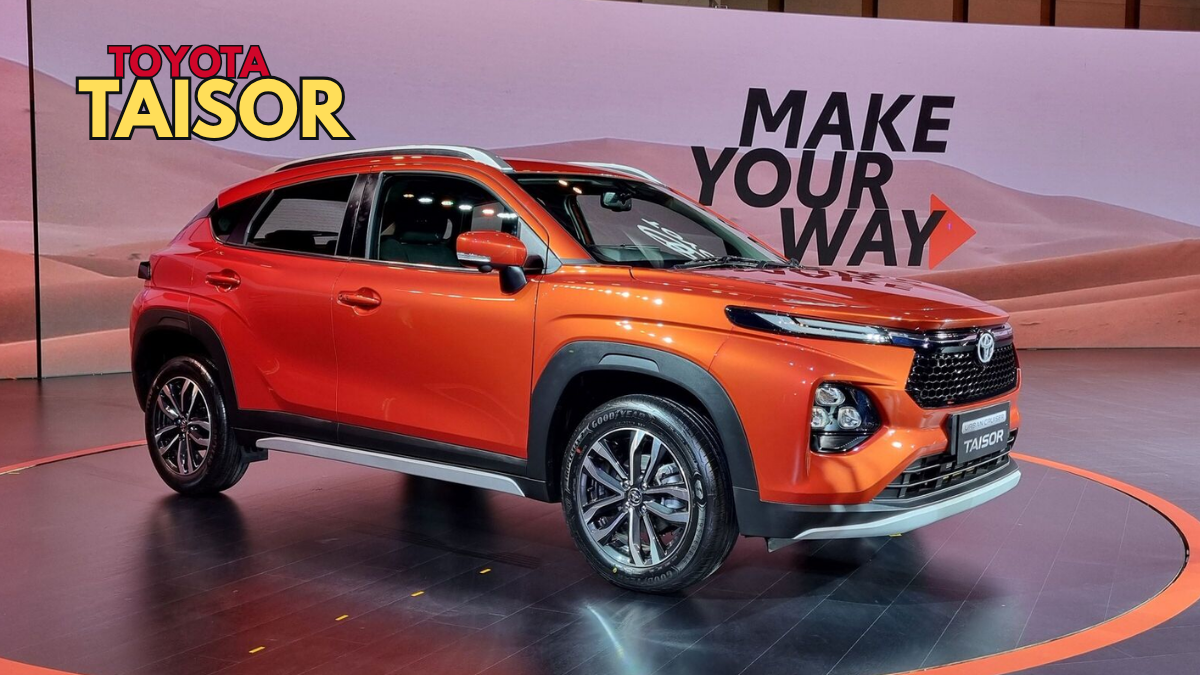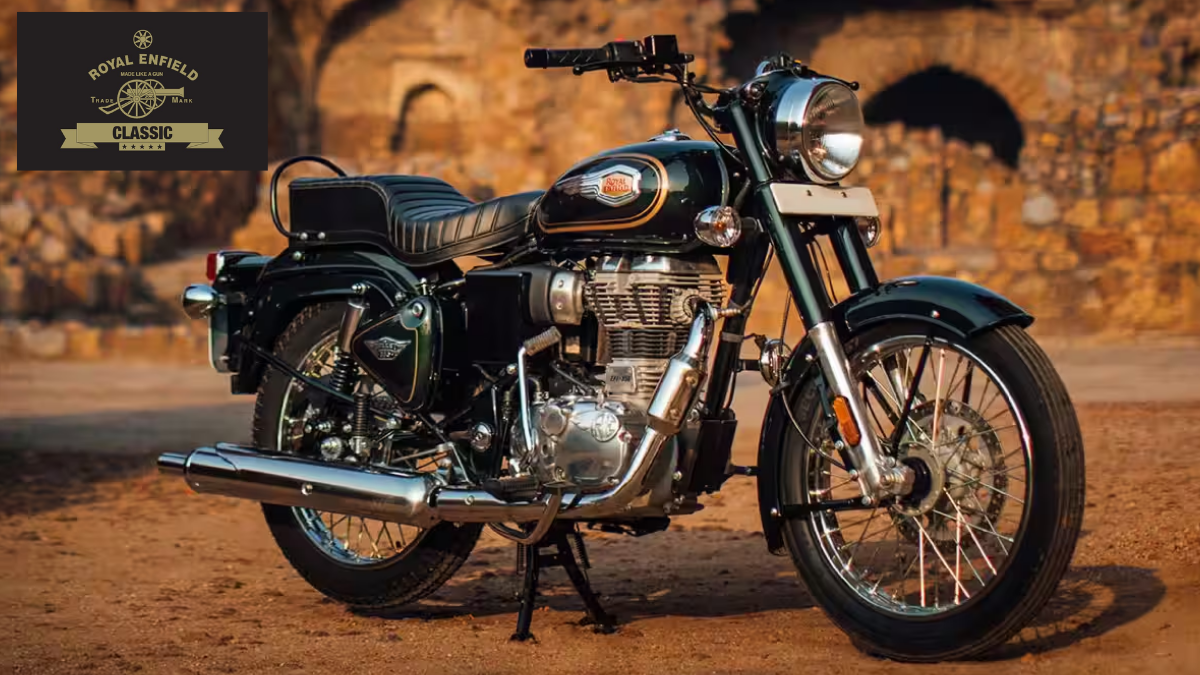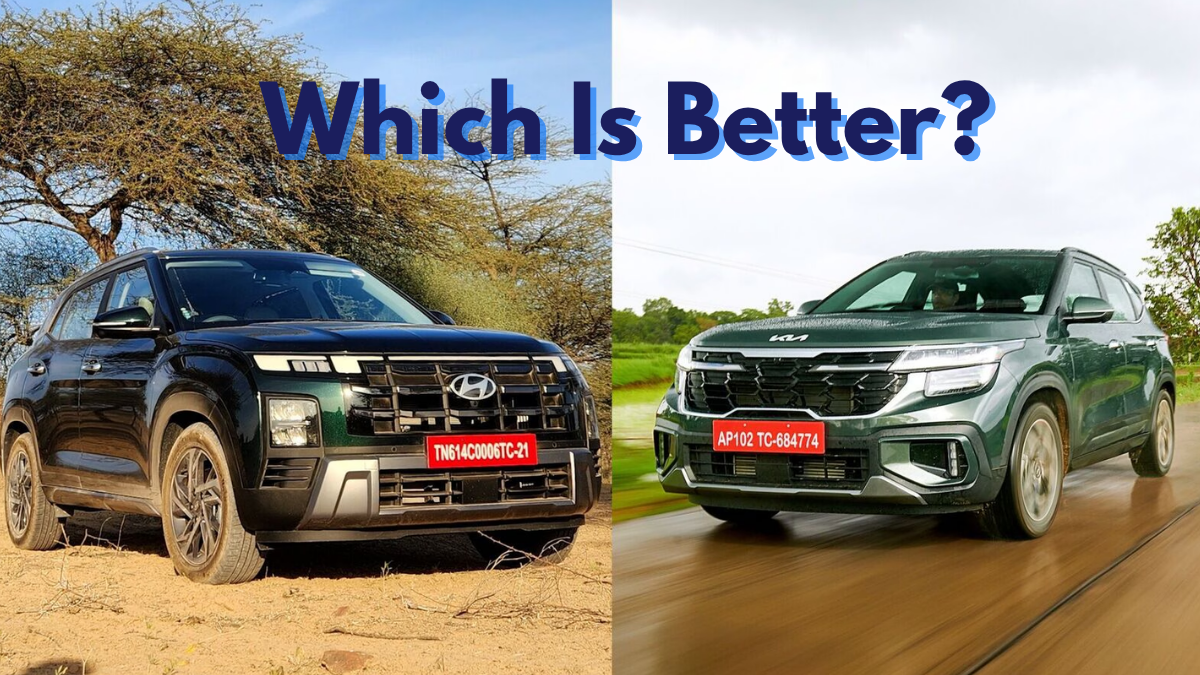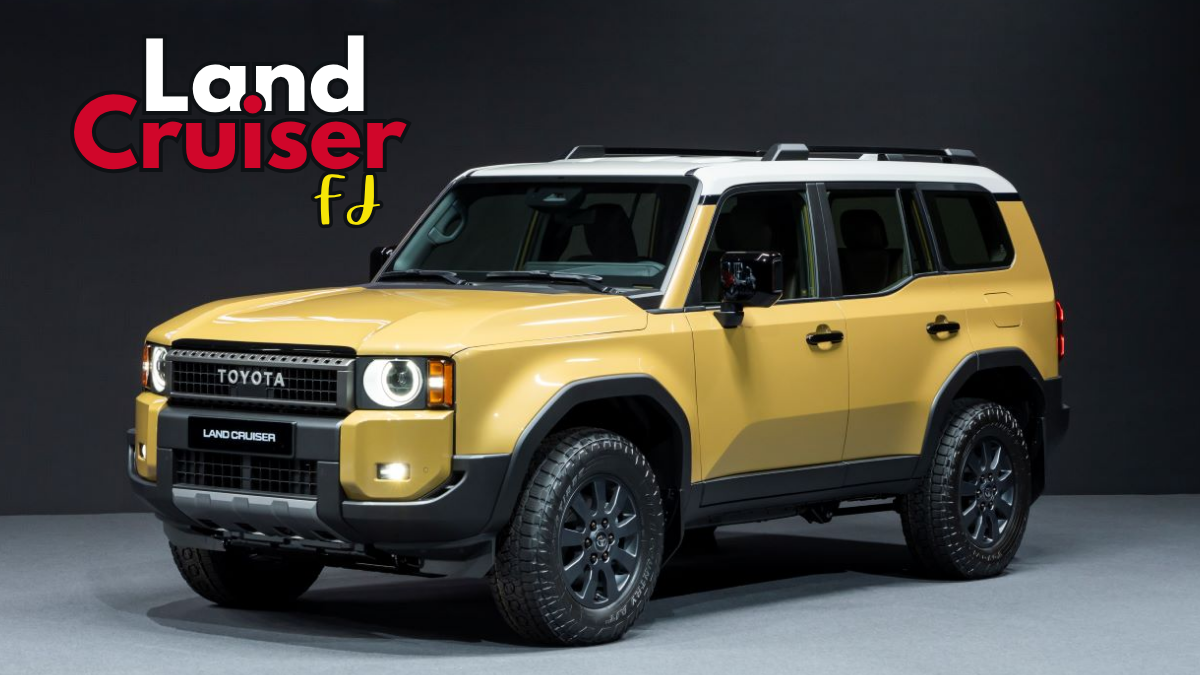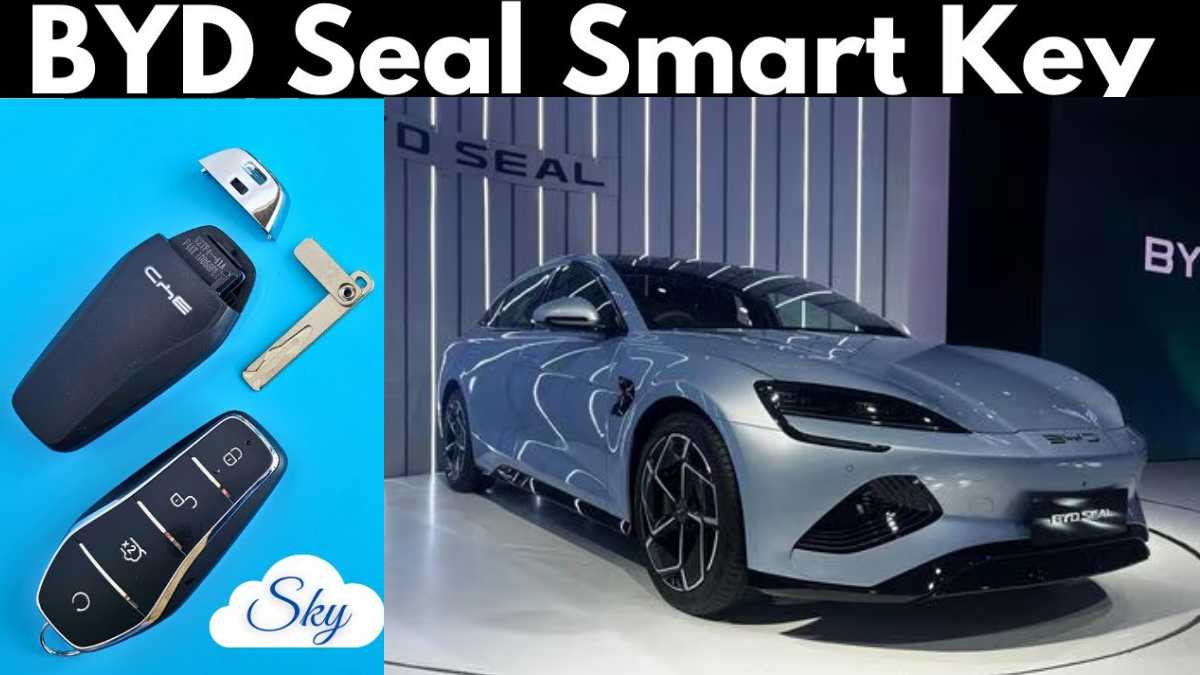Tata Motors is preparing a strong EV pipeline for 2025 to 2026 that builds on the success of the Nexon EV and Punch EV. The next wave focuses on fresh platforms, higher range targets, improved charging performance, and feature rich cabins. This guide distills what to expect from the Curvv EV, Sierra EV, Harrier EV, the next update to Punch EV, and the next generation Nexon EV so that buyers can plan their upgrades with clarity.
Why Tata’s 2025 to 2026 EVs Matter
The Indian EV segment is shifting from early adoption to mainstream choices. Buyers now demand long range for intercity flexibility, reliable fast charging, refined interiors, and robust safety tech. Tata’s upcoming models respond to these needs with new platform engineering, improved aerodynamics, lighter components, and enhanced thermal management for batteries. The strategy aims to make electric SUVs practical for daily commutes while remaining capable of weekend trips without frequent charging stops.
Quick Summary
Item |
Details |
|---|---|
Lineup covered |
Curvv EV, Sierra EV, Harrier EV, Punch EV update, Nexon EV next generation |
Platform direction |
Tata new generation EV architectures with focus on efficiency, space, and connectivity |
Range guidance |
Curvv EV about 500 km. Sierra EV about 450 to 500 km. Harrier EV long range focus with fast charging. Punch EV update aims higher range. Nexon EV next generation to improve efficiency and performance |
Charging |
DC fast charging targeted on all upcoming launches. 80 percent top ups planned to be significantly quicker than earlier models |
Standout tech |
Dual screens on select models, connected features, ambient lighting, advanced safety and assist systems depending on variant |
Official site |
Tata Curvv EV: Coupe Style SUV With About 500 km Range
The Curvv EV is designed as a coupe profile SUV with a sloping roofline and crisp surfaces. The concept points to a cabin with dual displays, a minimalist dash, and ambient lighting. Under the skin, a new generation EV platform focuses on stiffness to reduce vibrations and improve handling. Targeted highlights include:
- About 500 km claimed range for balanced city and highway use
- Aerodynamic silhouette to reduce drag and extend real world efficiency
- Spacious rear seat despite the coupe roofline thanks to a long wheelbase
- Modern interface with connected features, wireless updates, and customizable themes
Who should consider it
Buyers who want distinct styling, long range capability, and a premium tech package within a midsize footprint.
Tata Sierra EV: Modern Luxury With Heritage Nameplate
The Sierra EV revives an icon with a contemporary interpretation. Expect a panoramic glass treatment, rich materials, and lounge like seating that favors family comfort. Range guidance sits around 450 to 500 km. Focus areas include:
- Premium interiors with thoughtfully placed storage and soft touch trims
- Flexible seating configurations to support family trips and gear
- Calmer ride tuning aimed at long distance comfort
- Digital cockpit with advanced driver assistance features depending on variant
Who should consider it
Families seeking a flagship like experience in an electric SUV that still fits Indian city use.
Tata Harrier EV: Large Electric SUV With Dual Motor Option
The Harrier EV is envisioned as a larger, more powerful electric SUV. A dual motor layout with all wheel drive is expected on select trims for confident traction and quick responses. Tata is targeting long range and quick 80 percent DC top ups within a short stop.
- Strong performance focus with instant torque and composed highway manners
- Large battery options that prioritize long legs between charges
- Sturdy body and suspension tune for rough patches and high speed stability
- Cabin designed for long haul ease with supportive seats and refined NVH
Who should consider it
Drivers who want a big, planted electric SUV for frequent highway travel and occasional rough road stretches.
Punch EV 2025 Update: City Friendly EV With More Range
Punch EV already set a template for compact electric mobility. The planned 2025 update intends to raise daily usability further.
- Larger battery option targeted to extend range beyond current levels
- Fine tuned ride and interior trim updates for a more premium feel
- Continued focus on compact footprint with practical boot and easy maneuverability
- Updated software and connectivity features for a smoother user experience
Who should consider it
Urban users who want a dependable EV with improved range that remains easy to park and affordable to run.
Nexon EV Next Generation: Efficiency and Safety Upgrades
The Nexon EV is slated for a new generation with an EV first approach. The focus is on higher energy density, improved aerodynamics, and advanced safety.
- Improved range and performance through weight optimization and powertrain tuning
- Redesigned cabin with a modern infotainment system and better ergonomics
- Expanded driver assistance features depending on variant ladder
- Enhanced thermal management for more consistent fast charging in varied climates
Who should consider it
Existing Nexon EV owners ready to upgrade and new buyers seeking a balanced electric SUV that fits family and city needs.
Charging, Range Planning, and Ownership
All upcoming Tata EVs emphasize DC fast charging so owners can add meaningful range during short halts. Home AC charging remains the most cost efficient approach for daily use. For long trips, the combination of higher battery capacities and improved charger compatibility should reduce planning stress. Tata’s connected suite is expected to assist with route planning, charger discovery, and preconditioning to maximize charging speeds.
Safety and Driver Assistance
Across the range, anticipate multiple airbags, robust body structures, stability control, and advanced assist features on higher trims. Typical functions can include lane guidance, adaptive alerts, and camera based parking aids. The strategy aligns with global safety expectations while keeping cost to value balanced for Indian buyers.
Interior Experience and Connectivity
Tata is moving to cleaner dashboards with large touchscreens, digital clusters, and voice first operation. The goal is fewer distractions with more contextual information. Expect wireless phone connectivity, updated apps, customizable drive modes, and energy use visualizations that help drivers fine tune efficiency.
Price and Launch Outlook
Timelines point to staged introductions through 2025 and 2026. Pricing will vary by battery size, motor configuration, and feature bundles. Expect each nameplate to offer multiple trims so buyers can pick between value oriented options and high specification variants.
Frequently Asked Questions
1. What are the expected ranges for the upcoming Tata EV SUVs
Curvv EV is targeted around 500 km. Sierra EV is expected around 450 to 500 km. Harrier EV plans a long range focus with fast charging. Punch EV and Nexon EV next generation aim for notable gains over current versions.
2. Will fast charging be standard across the lineup
DC fast charging capability is expected across these models, with higher trims offering quicker charging performance. Home AC remains the primary method for daily replenishment.
3. Which model is best for long highway trips
Harrier EV will suit frequent highway users thanks to its size, stability, and dual motor option. Curvv EV and Sierra EV will also handle intercity drives well given their range targets.
4. I drive mostly in the city. Which upcoming Tata EV fits best
The updated Punch EV is ideal for dense urban use due to its small footprint and improved range. The next generation Nexon EV is a great city to highway all rounder.
5. How should I choose between Curvv EV and Sierra EV
Pick Curvv EV if you prefer a sporty coupe style SUV with a tech forward vibe. Choose Sierra EV if you want a more luxurious, spacious feel with a heritage nameplate.
Official site
https://cars.tatamotors.com/electric
For More Information Click HERE

